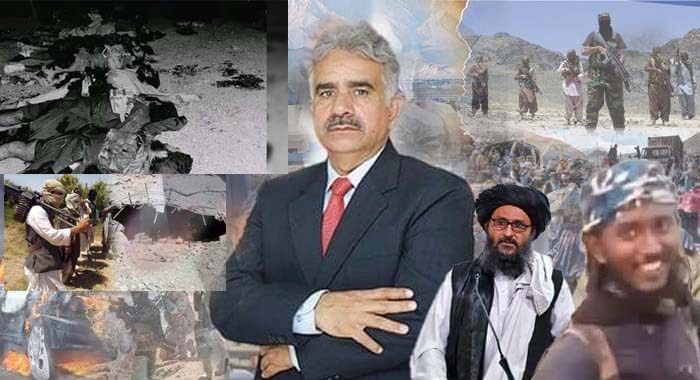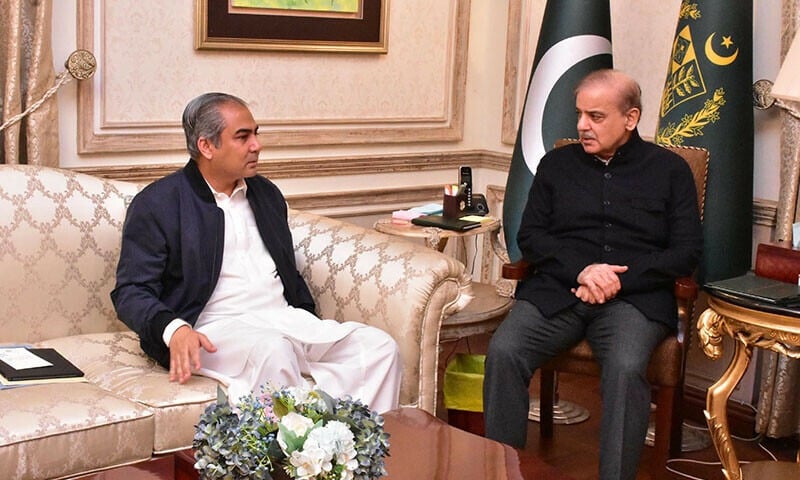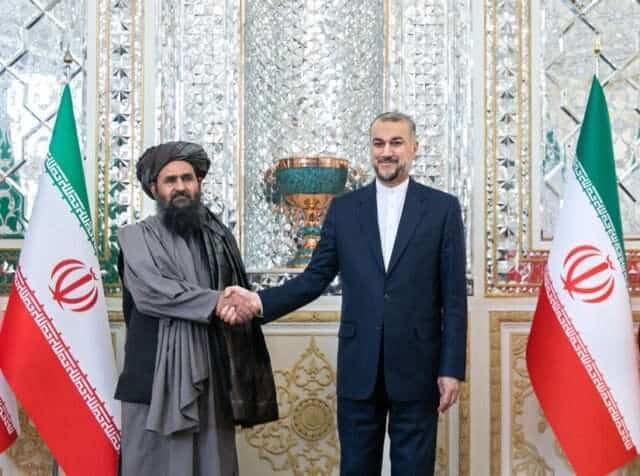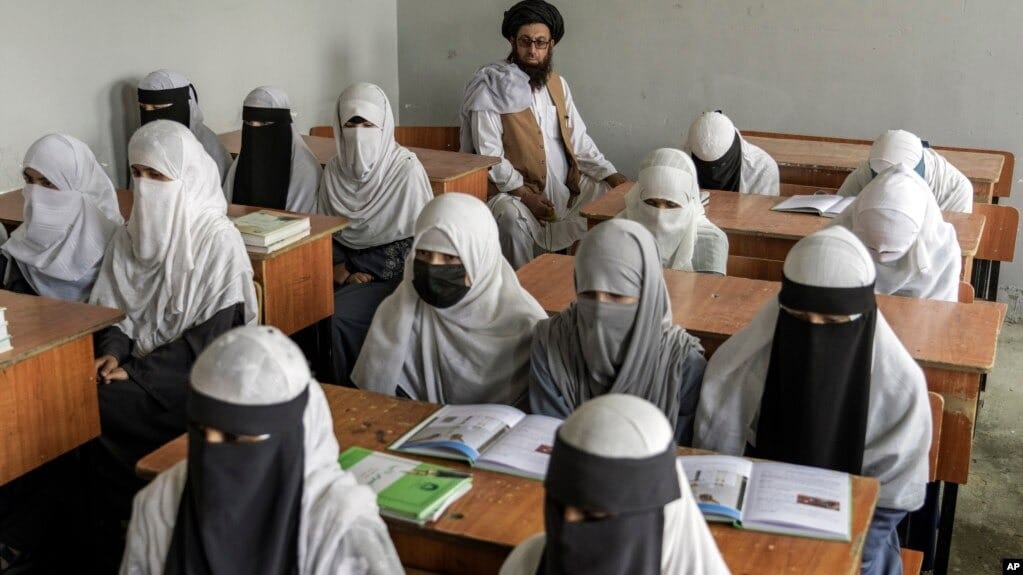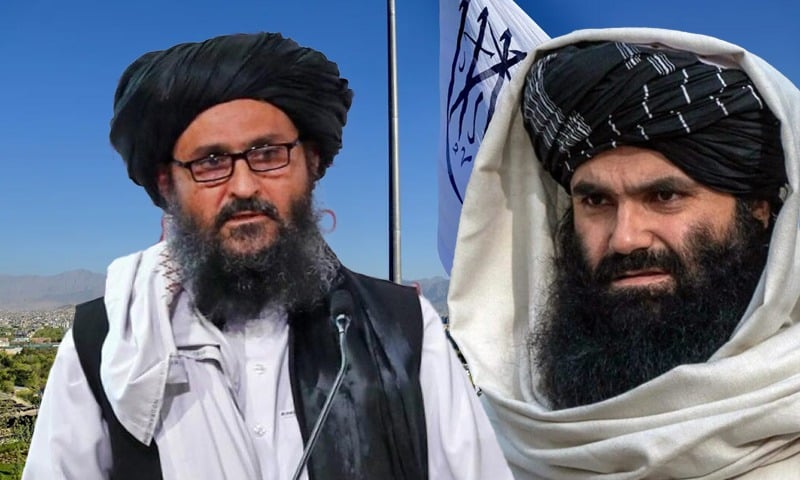Zahir Shah Shirazi
The message delivered by Pakistan, China, Russia and Iran on the sidelines of this year’s UN General Assembly was unambiguous: Afghanistan must stop being a safe haven for transnational militant networks or face consequences. On paper, the demand is simple and reasonable. In practice, turning words into action against a mosaic of groups ISKP, TTP, BLA, TIP and a host of smaller outfits is anything but.
The four-state communiqué reflects more than impatience; it exposes strategic stakes. China and Russia see mineral and infrastructure projects jeopardised. Iran sees trade and transit under threat. Pakistan sees attacks emanating from Afghan soil. Each power brings leverage and incentives, but also limits. For Kabul the choice is stark: either demonstrate effective control over its territory, or risk losing international investment, regional patience, and whatever diplomatic breathing room the Islamic Emirate still commands.
Yet any honest assessment must begin with capacity. Senior Taliban officials have publicly disavowed formal links with groups such as the TTP and BLA. Even so, the reality on the ground suggests an uncomfortable gap between words and enforcement. Mullah Yaqub’s warnings to fighters are not matched uniformly by the ability to locate, detain and dismantle decentralised militias that exploit porous borders, sympathetic social networks, and local grievances. Many commanders are relatives or long-time comrades of the Taliban leadership; others are ideologically or financially incentivised to keep operating. This complicates a top-down crackdown.
A second problem is the ideological and organisational hybridity of contemporary militancy. Groups that once confined themselves to national struggles now operate as fluid networks across borders. ISKP presents itself as the transnational jihadist brand for the wider Khurasan belt; the TTP, BLA, TIP and other actors trade manpower, training, and technology. There are credible reports some deeply worrying that Uyghur militants linked to the TIP are assisting BLA cadres with drone know-how and improvised explosive techniques aimed at Chinese interests in the region. If true, the nexus between regional ethno-separatist insurgencies and transnational jihadist actors magnifies the strategic stakes for Beijing and Islamabad alike.
Recruitment, too, has evolved. Gone are the purely local madrasa pipelines of old. Modern recruitment is hybrid: social media platforms, diasporic contacts, and discreet recruitment structures overseas feed fighters into the system. The recent identification of foreign nationals reports suggesting Bangladeshi recruits and earlier hints of Azerbaijani involvement should sound alarm bells. Intelligence points to small recruitment nodes and social-media cells that radicalise and shepherd recruits through clandestine routes: travel via neighbouring states, temporary work stints in parts of Pakistan such as Sargodha or via Middle Eastern corridors, and final insertion into training hubs in the borderlands.
Take the Bangladesh case. Reports indicate a small but organised recruitment structure with handlers operating online and sleeper networks in the field. The killing of recruits in different Pakistan border zones has revealed fragments of this pipeline: travel documents, aliases such as “Taimur Faisal” or “Sadullah,” and social pages that celebrate martyrs and attempt to normalise cross-border mobilisation. If these accounts are accurate, the TTP and its allied groups are deliberately seeking to internationalise their manpower base a dangerous escalation that converts local insurgencies into transnational cells.
Beyond manpower, another dimension driving this instability is patronage and money. The financing of violence has diversified. Cues from interrogations and defections suggest that payment modalities have shifted regionally from hard currency such as dollars to local substitutes, including Indian rupees in some theatres reflecting wider geopolitical currents and the monetisation of proxy networks. External state and non-state patrons can provide crucial sustainment: safe passage, funds, weapons, even access to leftover arms caches that remain after international drawdowns. These resources sustain the insurgents’ mobility and lethality.
What does this mean for the region? First, diplomatic theatrics must be matched by on-the-ground instruments of verification and enforcement. Public exhortations by Kabul are necessary, but meaningless unless paired with transparent cooperative mechanisms intelligence sharing, cross-border policing, and joint operations where politically feasible. Second, the Afghan Taliban’s internal political dynamics matter. Loyalty networks, local grievances and command fracturing hamper coherent policy. Any external strategy that ignores intra-Taliban politics will fail.
Third, the international community must address the root incentives that push foreign recruits into the conflict. Economic desperation, ideological grooming, diaspora alienation and active recruitment campaigns all play parts. Counter-narratives, community engagement in source countries, and targeted disruption of online radicalisation channels are as important as kinetic responses.
Finally, regional coordination must be comprehensive and credible. China, Russia, Iran and Pakistan share common interests in preventing Afghan soil from being used against them. But success depends on aligning short-term security goals with long-term political incentives for Kabul: pathway for investment, reconstruction assistance tied to verifiable security benchmarks, and regional forums where compliance is monitored and rewarded.
The current moment is a test of whether regional diplomacy can convert demands into durable security outcomes. If Afghanistan cannot or will not exercise effective control over groups operating within its borders, the consequence will be deeper isolation and the further militarisation of regional responses. Conversely, if Kabul can demonstrate capacity and political will, it will open a door to investment and legitimacy.
The choice is not just Kabul’s. It is a shared regional responsibility. Four capitals can issue stern warnings; only a coordinated, politically realistic and capacity-building approach can prevent Afghanistan from remaining the theatre where local grievances morph into transnational threats. If history is any guide, the cost of delay will be counted in lives, economic setbacks and a long extension of the very instability the region seeks to eradicate.

